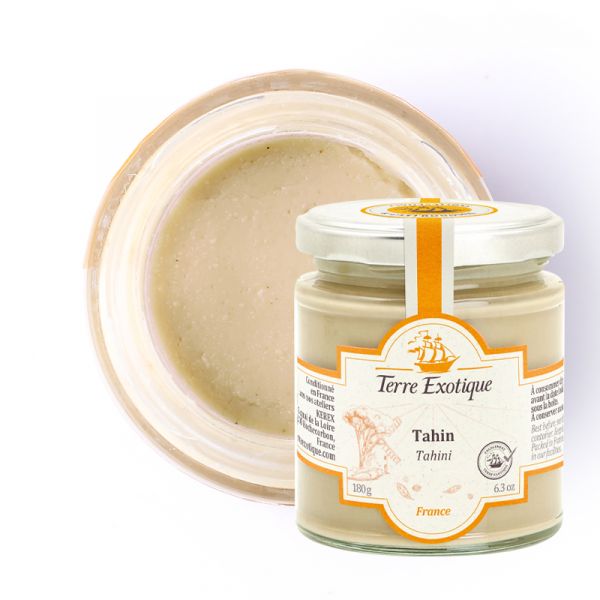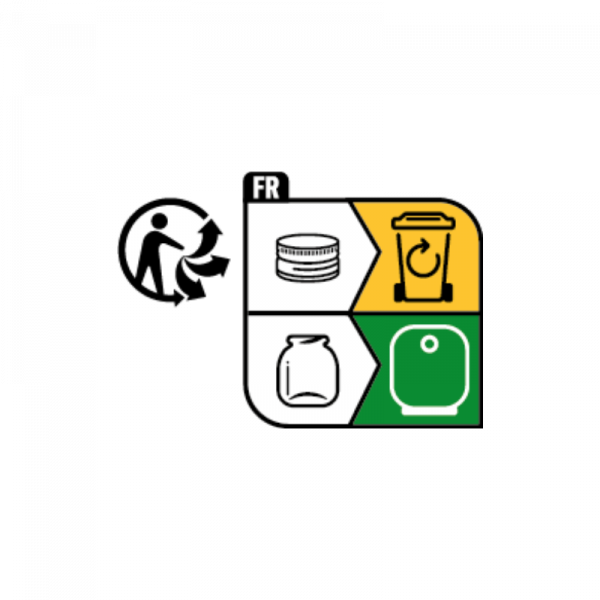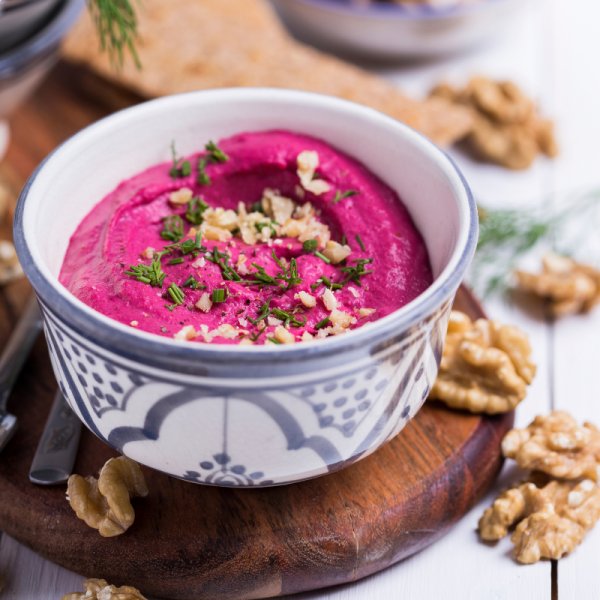





The Aromas of Tahini in Cooking
The distinctive aroma of tahini has a slightly bitter nuance reminiscent of roasted sesame seeds. Its aromatic complexity makes it a prized ingredient in a variety of cuisines, adding depth of flavor and a unique dimension to a range of sweet and savory dishes. Whether used in sauces, desserts, marinades, tahini brings a deliciously recognizable aromatic signature.
The Creation of This Creamy Delight
Tahini is made from roasted sesame seeds that are then ground to form a paste. The grinding process includes the addition of oil to achieve a smoother texture. Flavor is also adjusted with salt and lemon.
How to Use Tahini in Cooking
This sesame cream is suitable for both savory and sweet dishes. Very popular in the Middle East, Tahini is the basic condiment for recipes like hummus and baba ghanoush. It adds creaminess to soups and is an excellent replacement for sour cream. Rich in protein, Tahini is a great ally for vegetarian cooking.
Some Recipe Ideas Using Tahini
- - Tahini Salad Dressing: Mix tahini with lemon juice, crushed garlic, olive oil, and a little water to create a creamy dressing for salads.
- - Tahini in Hummus: Add tahini to your traditional hummus recipe for a creamier texture and distinctive sesame flavor.
- - Tahini in Cakes: Incorporate tahini into cake batter for sesame brownies or cookies.
- - Tahini Grilling Sauce: Use tahini as a base for marinating or accompanying grilled dishes, adding fresh herbs and garlic.
- - Tahini Flatbread: Add tahini to flatbread dough for a subtle sesame flavor.
- - Tahini Energy Bars: Mix tahini with oats, dried fruits, seeds, and honey to create homemade energy bars.
| Price/kg | 23,33 |
|---|---|
| Allergen | Sésame / Sesame |
| Native country | FRANCE |
| Genus and botanical species | Sesamum indicum |
| Ingredients | Possible traces of nuts |
| Traces éventuelles de fruits à coques | |
| SESAME | |
| Nutritional Info | VN Energie pour 100 g (energy for 100g) : 2670 kJ / 646 kcal VN Matière grasse (fat) : 57 g Dont acide gras saturés (of which saturated fat) : 8.4 g VN Glucides (carbohydrate) : 0.4 g Dont sucres (of which sugars) : 0.4 g VN Protéines (protein) : 26.6 g Vn Sel (salt) : 0.13 g |
| TRACES EVENTUELLES D'ALLERGÈNES | céleri, sésame, moutarde, fruits à coques. |
 Français
Français 